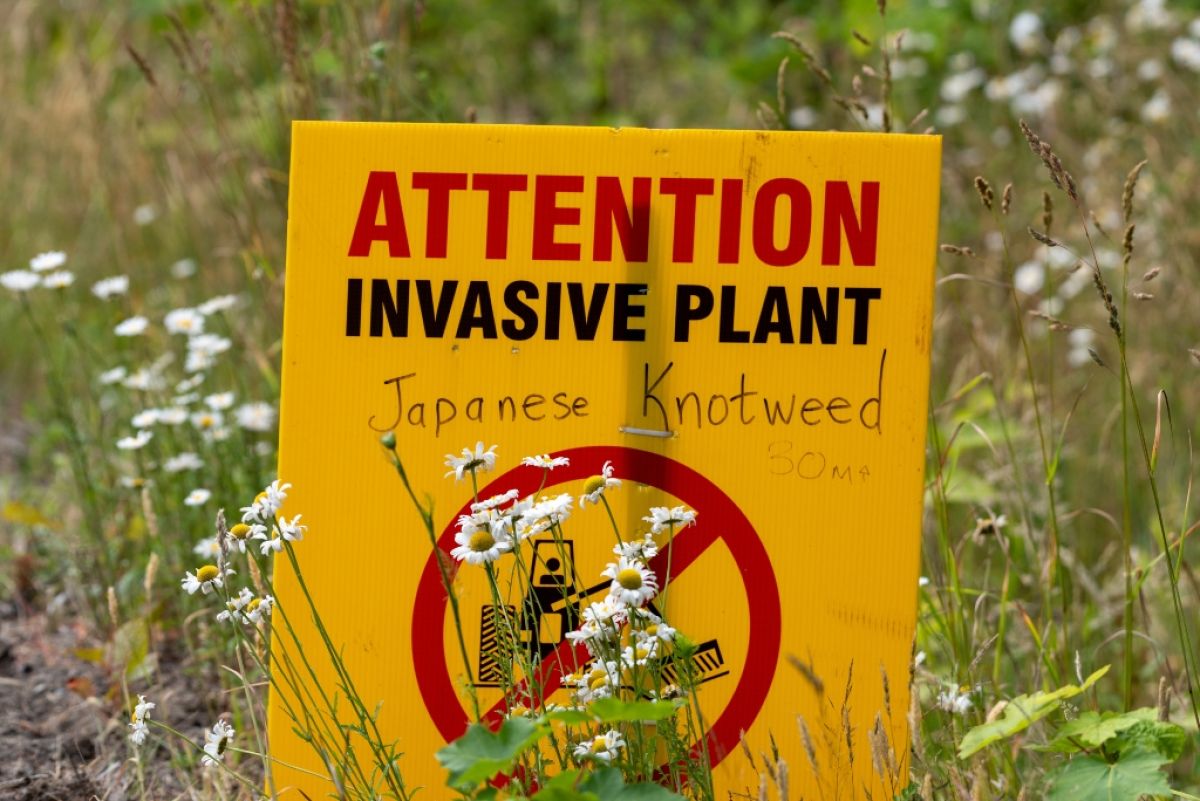Invasive plant species cause both economic and environmental damage. Non-native plants tolerate a range of growing conditions and rapidly disperse their seeds over wide areas. They typically do not die as a result of native diseases and pests. It is, therefore, important to remove invasive non-natives to make more space available for plants that nourish our own native wildlife.
Look up information on a website such as invasiveplantsatlas.org to help identify the problem plants in your yard. For example, stilt grass, garlic mustard, and purple loosestrife are vigorous seed producers.
Mulch areas where they are growing, and deadhead aggressively before their seeds mature. Also, remove all the plants that you can find before they seed, if possible.
If digging and pulling plants is not enough, you may have to smother them. Put down layers of cardboard after cutting the plants down, water well, and add a layer of mulch. You may have to do this repeatedly.
Sometimes, however, nothing will work except systemic herbicides. When these are sprayed onto a plant they travel through it, even down to its roots. Spray is absorbed through the leaves of the plant and then the herbicide travels throughout the entire plant's system. Always be careful to read the instructions on herbicides.
This is Moya Andrews, and today we focused on attacking invasives.










